The Kennedy half dollar was the first US design to reach the public’s hands. It was a huge success, with both domestic and global demand outpacing the previous years’ records. To accommodate the demand, the Denver Mint produced a massive amount of coins, with a total of 285,565,248 pieces being issued over two years.
This resulted in a 364% increase over the previous year’s total. One of the most important factors that you can consider when it comes to determining the Kennedy halves’ strike dates is the Mint Set. If a certain type of coin is included in the set, then it will be issued in 1975.
By September 1975, the US Mint started to distribute Uncirculated Set coins to the public. However, it started a secondary program that allowed private banks to purchase the sets. This resulted in the total number of sets being sold reaching over four million.
In September 1976, Mary Brooks, the director of the US Mint, announced that the Treasury Secretary William Simon had ordered the discontinuance of the designs of the bicentennial coins. To ensure that the remaining products are delivered to the public, she suggested that collectors place their orders directly with the US Mint or through a local bank.
Many of the collectors who were involved in the production of the coins withdrew their pieces from circulation. Although most of the coins were issued in Uncirculated grades, some of them were issued in Extra Fine to About Uncirculated. If you’re a lucky collector, then you might be able to find some of these uncirculated examples at a local bank branch.
The scarcity of high-grade coins is evidenced by the fact that only about 285 coins were reported in MS 66 and 40 in MS 67. On the other hand, the National Gold Corporation graded 404 coins in MS 66. In terms of modern US coins, the most common grade that you’ll find is MS 64. However, when it comes to the Kennedy half dollar, it’s usually graded at MS 65. This is because of the extensive early picking that took place during the production of the coins.
The record for the highest amount that an error coin can be sold at auction is currently held by a 2004 Heritage auction. This particular example was an off-metal mistake that was struck on a quarter planchet. In most cases, error coins have sold for over $1,000.
Most coins graded MS 67 will sell for around $775 to $1,000. These types of coins are extremely common and fetch a significant premium due to their dual-year production. However, when it comes to MS 66s, the value of these coins plummets. Some examples can sell for as little as $11.
If you drop one grade to MS 65, the price of these coins will immediately plummet. In the past couple of years, the value of these types of coins has increased. However, they can still sell for as low as $1.
The value of coins graded MS 64 and 63 has also increased. If you’re a collector, then you can expect to pay around $10 to $25 for an example. It’s also very easy to find pieces that are under $5. However, the premium that you can get for error or tone coins is quite high. For instance, a nicely-toned error coin can sell for around $100 to $200. On the other hand, a poorly-colored example can sell for thousands.
Obverse
The design of the Kennedy half dollar was carried out by Gilroy Roberts, who was the ninth chief engraver of the US Mint. He also designed President Kennedy’s inauguration medal. Roberts served as the Mint’s chief engraver from July 22, 1948, until February 11, 1965.
The design of the Kennedy half dollar features an image of an effiger of John Fitzgerald Kennedy, who was the 35th president of the US. At the time of his death, Kennedy was the youngest person to be elected as the president of the US. Due to the country’s grief, the Mint and Congress decided to change the design of the half dollar to commemorate the late president.
The upper half of the coin features the inscription “LIBERTY,” with Kennedy’s hair extending over the bottom portions of the letters “B,” “E,” and “R.” The date 1776-1976 is also cradled at the bottom of this coin. The national motto “IN GOD WE TRUST” is separated by the sharp truncated of Kennedy’s neck. The mint mark “D” is located on the right side of this truncation, and the inscription is separated by the curve.
The initials of Gilroy Roberts can be found on the truncation line of Kennedy’s bust, above the “WE” on the coin’s bottom right side.
Reverse
The reverse features a symmetrical view of Philadelphia’s Independence Hall, which was constructed in 1753. It served as the meeting place for various events during the years of the Second Continental Congress and the Constitutional Convention. The inscription “United States of America” is also found at the top half of the rim. The denomination of the half dollar is shown at the bottom.
The 13 small five-pointed stars that represent the original colonies of the US are directly above the denomination. The phrase “200 Years of Freedom” is also found on the left side of Independence Hall. The building’s name is also shown underneath. The motto “Out of Many, One” is also located on the right side of the building.
The spire of Independence Hall extends into the air and almost touches the coin’s edge. The last two letters of the word “STATES” are also enclosed by the spire. The inscription “SGH” by Seth Huntington can be found at the bottom right corner.
Edge
The edge of the 1776-1976 D Kennedy half dollar is reeded with 150 reeds.

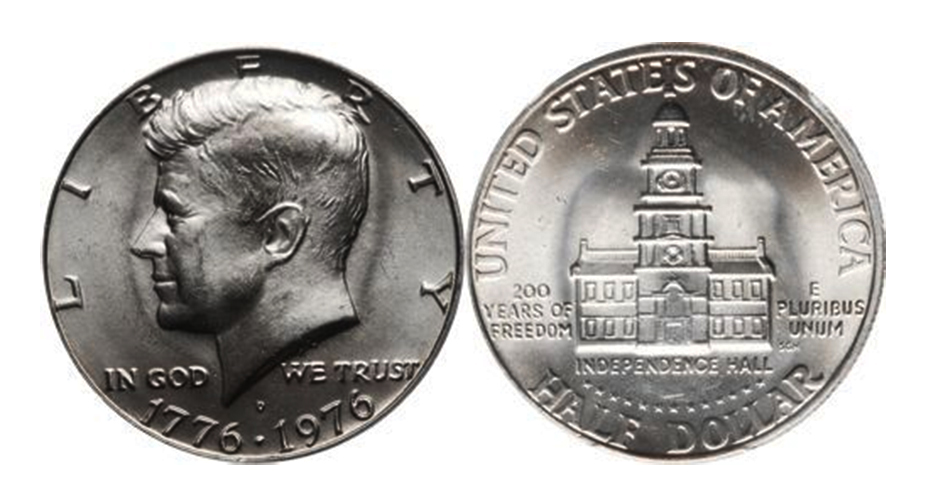




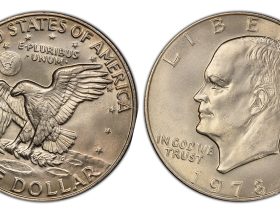
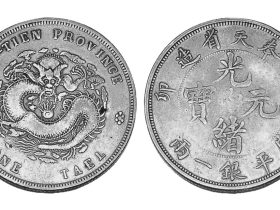
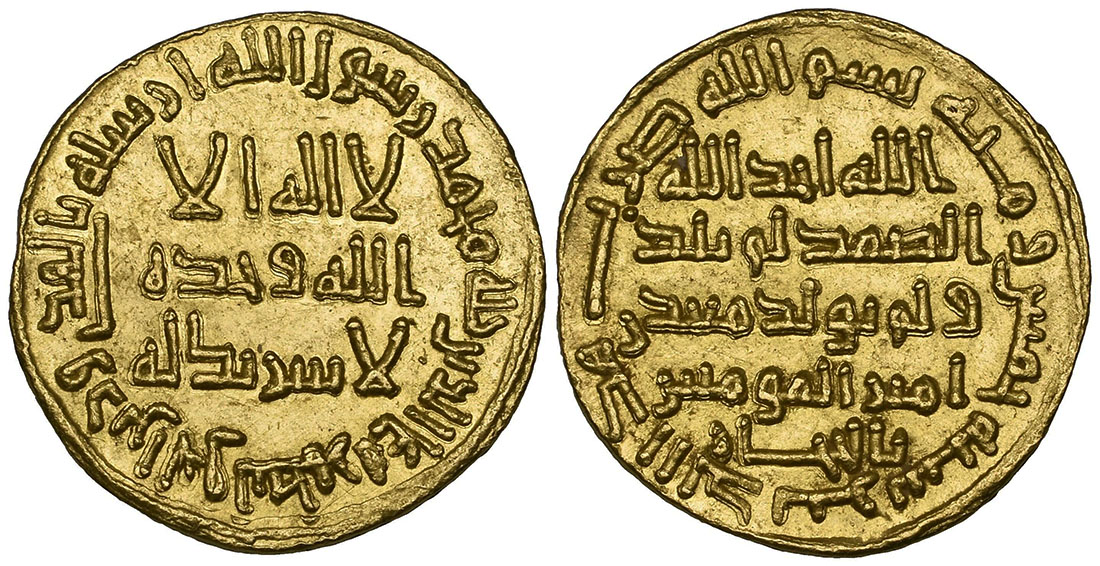
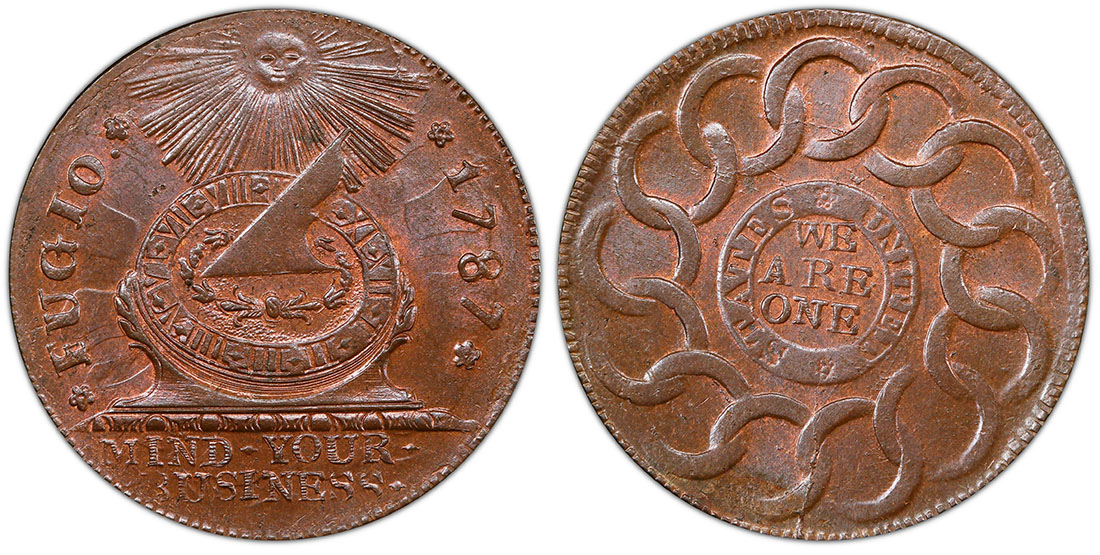

Leave a Reply